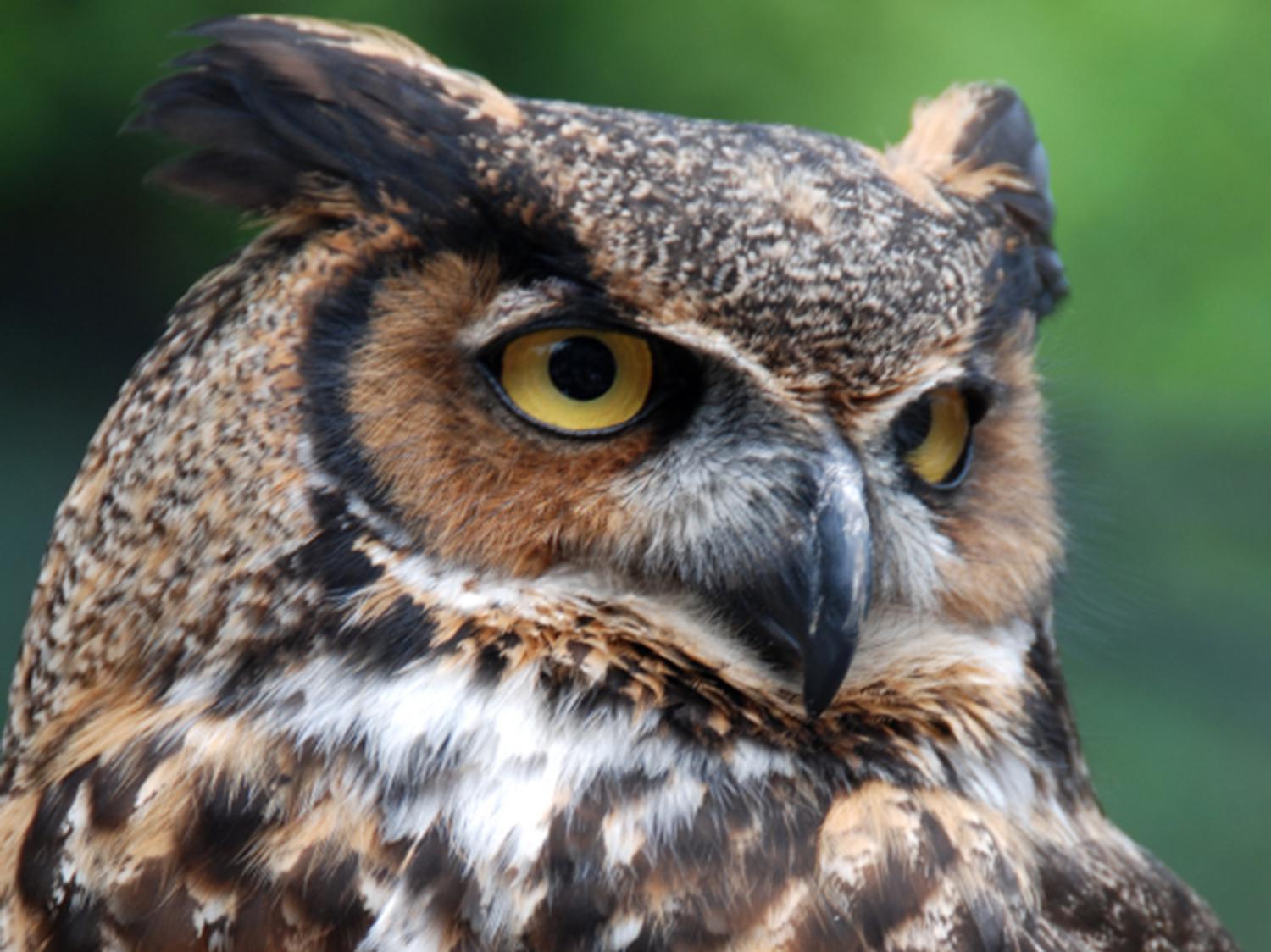Information Possibly Outdated
The information presented on this page was originally released on November 17, 2017. It may not be outdated, but please search our site for more current information. If you plan to quote or reference this information in a publication, please check with the Extension specialist or author before proceeding.
Owls bring mystery, plus rodent control
STARKVILLE, Miss. – What do Harry Potter, Winnie the Pooh, the U.S. Forest Service, Tootsie Pops and Xyzal have in common? All prominently feature owls in their stories and marketing campaigns.
Some owls help sell products such as lollipops and allergy medications. Others sell ideas, like the Forest Service's Woodsy Owl -- "Give a Hoot, Don't Pollute." Harry had a pet owl named Hedwig, and Winnie had a friend named Owl.
For generations, owls have captured our fascination. Their soft colors, nocturnal habits, and large, round eyes enhance owls' air of mystery, magic and apparent wisdom. In reality, owls are not very wise. Crows, ravens and parrots are considered to be the most intelligent of birds.
What they lack in brains, they make up for in stealth. Muted colors, soft wing and leg feathers, and excellent vision and hearing allow owls to be very effective hunters. For example, a barn owl can catch as many as 1,000 small rodents in a single year. Keeping the rodent population in check helps to control property damage and disease risks.
Not all owls eat rodents. Larger owls such as the great horned owl will feed on rabbits, skunks and even other owls. Barred owl diets may include salamanders, crayfish, frogs and other small creatures found near water.
Many owl species swallow their prey whole. The indigestible parts are later cast or regurgitated out of the bird's mouth. Biologists can examine these casts or owl pellets to learn more about owl diets and habitat needs.
Owls are adapted to live in diverse habitats on every continent except Antarctica. Beautiful snowy owls, such as Hedwig from the Harry Potter books, live in the arctic tundra, not at Hogwarts School of Witchcraft and Wizardry. Their white feathers allow them to remain camouflaged in the long winters. The mottled gray and brown feathers of the screech owl are perfect cover in its forest habitat.
Most people might think of owls as tree-dwelling birds, but there are some species that spend their lives on the ground. The short-eared owl of Southern and Midwestern grasslands nests on the ground rather than in tree branches or hollow trunks. As its name implies, the burrowing owl nests and sleeps underground in tunnels dug by prairie dogs, coming up to the surface to hunt.
It is a common misconception that an owl can turn its head in a 360-degree circle. However, it can turn about 270 degrees, which is certainly much farther than what humans can do. Their large eyes cannot move in the sockets, so they need greater neck flexibility to find food and avoid predators.
Owls have an important job in our native ecosystem. Some species are facing challenges due to habitat loss or modification. Declining owl populations may result in greater crop and property damage, as well as increased risk of rodent-related diseases. I hope always to live in a world where lovely birds such as Hedwig the snowy owl are part of wild nature and not just characters in storybooks.

Editor’s Note: Extension Outdoors is a column authored by several different experts in the Mississippi State University Extension Service.








